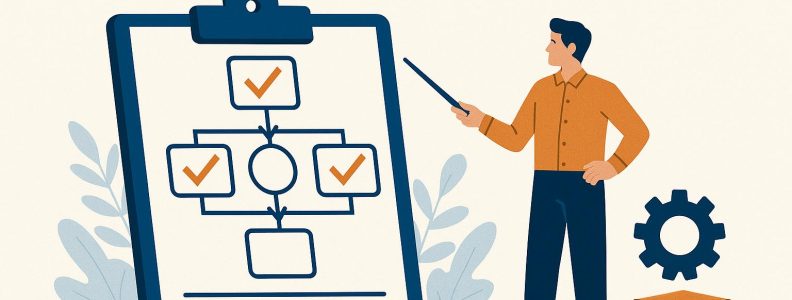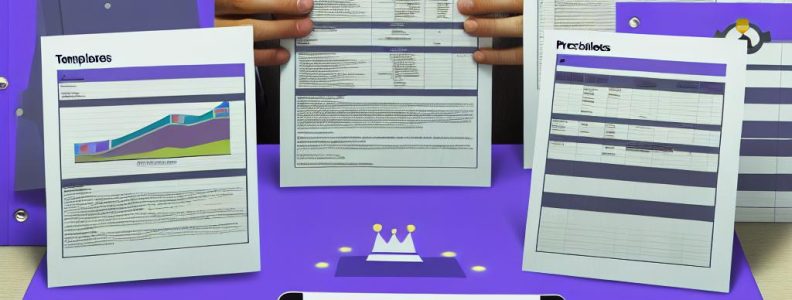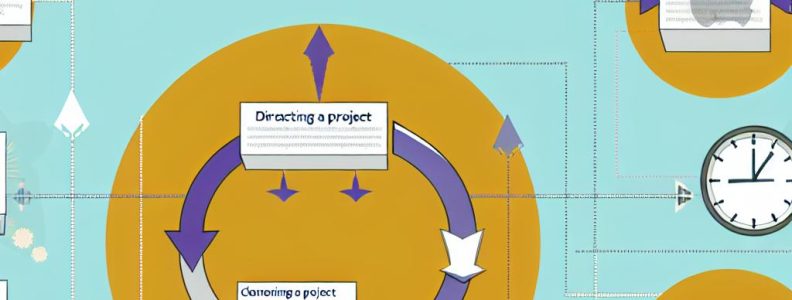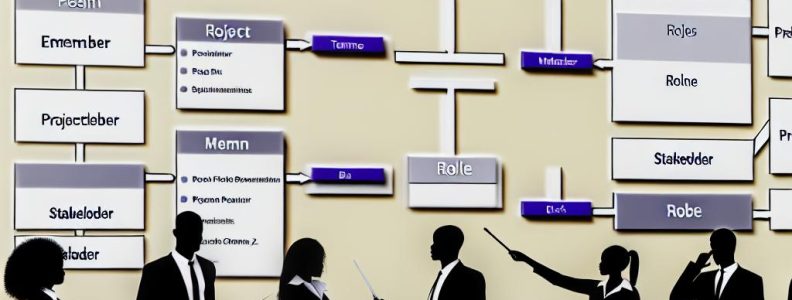Understanding the PRINCE2 Product-Based Planning Technique
The PRINCE2 product-based planning technique is a structured method developed to organize tasks effectively and produce deliverables within a project management framework. This approach is a pivotal aspect of the broader PRINCE2 methodology, an acronym for PRojects IN Controlled Environments. A defining characteristic of this method is its emphasis on delineating the required outputs or products before delving into the activities and processes necessary to create them. This pre-emptive identification of products allows project managers to streamline project workflows and ensure that every activity has a clear purpose.
Key Components of Product-Based Planning
The product-based planning technique revolves around several core components, ensuring a thorough and systematic approach to planning and execution. Understanding each component helps project managers and their teams create a cohesive plan focused on deliverable outcomes.
Product Breakdown Structure
Central to this technique is the Product Breakdown Structure (PBS), a hierarchical diagram that serves as a comprehensive outline of all the final and intermediate products needed for the project’s success. The PBS assists project managers by providing a visual representation of the necessary deliverables, ensuring that no product is overlooked. This structured focus on deliverable outputs rather than on individual activities helps maintain a clear vision of the project’s goals and objectives.
By using PBS, project managers can facilitate discussions among team members, ensuring everyone is aligned in terms of expectations and deliverables. The PBS also aids in identifying complex interactions among products, helping the team to manage dependencies effectively.
Product Descriptions
Following the creation of the PBS, each identified product needs an accompanying detailed Product Description. These descriptions become a key resource for the project team, offering crucial insights into the purpose, composition, function, and quality criteria of each product. By establishing these clear criteria upfront, teams can monitor and ensure that each output aligns with the predefined standards and project requirements.
Product Descriptions serve not only as a quality assurance tool but also act as a reference point for managing stakeholder expectations. By detailing the qualities and specifications of each product, project managers can communicate more effectively with stakeholders and team members, minimizing misunderstandings and aligning all parties with the project’s strategic goals.
Product Flow Diagram
The Product Flow Diagram is another essential tool in product-based planning. This diagram maps out the sequence and dependencies between products, illustrating the order in which products should be developed and how each piece interacts and contributes to the project’s ultimate objectives. The Product Flow Diagram acts as a guide for scheduling activities and allocating resources efficiently and is crucial for maintaining the project’s momentum.
Through this diagram, project managers can identify potential bottlenecks or areas requiring additional resources, enabling proactive adjustments before these issues impact the project timeline. Understanding product sequences and dependencies facilitates smoother transitions between project phases and helps maintain a steady progression toward project completion.
The Advantages of Product-Based Planning
Integrating the product-based planning technique within the PRINCE2 framework provides several substantial advantages, highlighting why this method has become an integral aspect of project management:
Clarity and Focus
Focusing on products instead of tasks fosters a deeper understanding of what needs to be accomplished. This clear direction ensures that all team efforts are concentrated on producing tangible outputs that meet stakeholder expectations. By delineating products clearly from the outset, teams can navigate the project lifecycle with well-defined objectives that guide their activities.
Improved Communication
A well-structured product breakdown combined with detailed descriptions and product flow diagrams serves as a communication enhancer across project teams. This documentation ensures a common understanding of the project scope and reduces the likelihood of miscommunication or oversight. Clear communication not only facilitates collaboration but also nurtures a transparent work environment where every team member understands their roles and responsibilities.
Risk Management
A meticulous understanding of the products and their interdependencies aids in identifying potential risks early in the project lifecycle. This proactive risk management approach enables the project team to develop strategies that mitigate potential issues before they escalate into significant problems. By addressing risks upfront, teams can implement corrective measures promptly, preserving the project’s timeline and quality standards.
Quality Control
Establishing explicit quality criteria for each identified product ensures that all deliverables meet the project’s standards and stakeholder requirements. By focusing on quality from the onset, project teams can implement quality assurance processes consistently throughout the project’s execution. This focus on quality is vital for achieving project success and building trust with stakeholders.
Conclusion
The product-based planning technique is a crucial element of the PRINCE2 methodology, emphasizing the importance of defining outputs before processes. By maintaining a clear focus on the products, project teams can achieve a more transparent vision of their endeavors, foster improved communication, and uphold rigorous quality controls. For those seeking to deepen their understanding of PRINCE2 or tailor this methodology to their specific project needs, resources such as the official AXELOS website offer extensive guidance and support. Through these resources, project managers can access a wealth of information to further refine their project management practices and ensure successful project outcomes.




